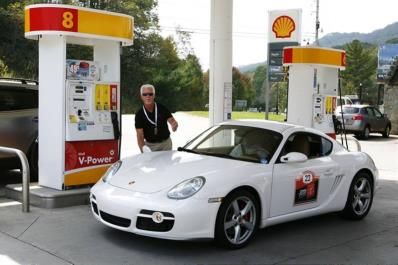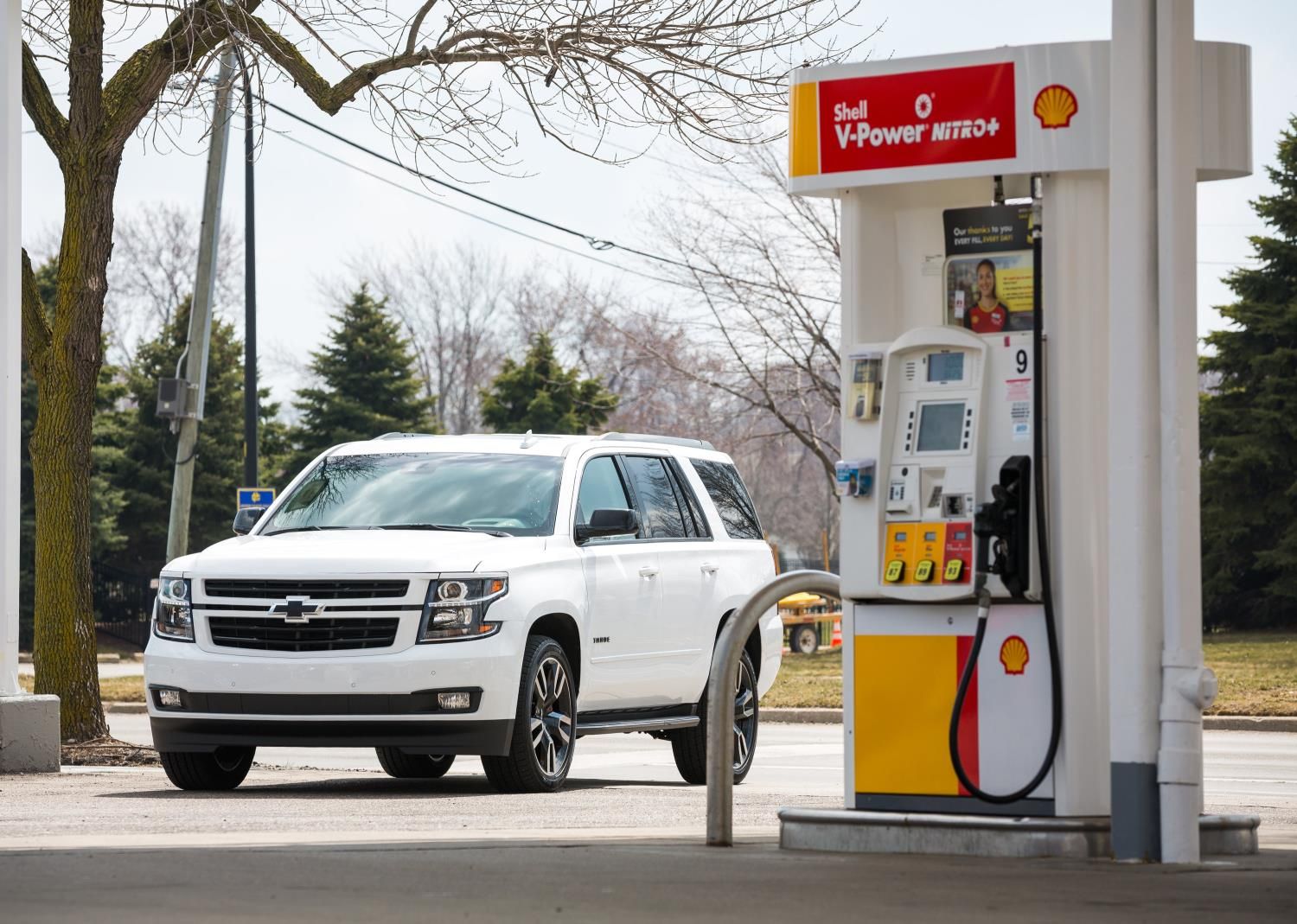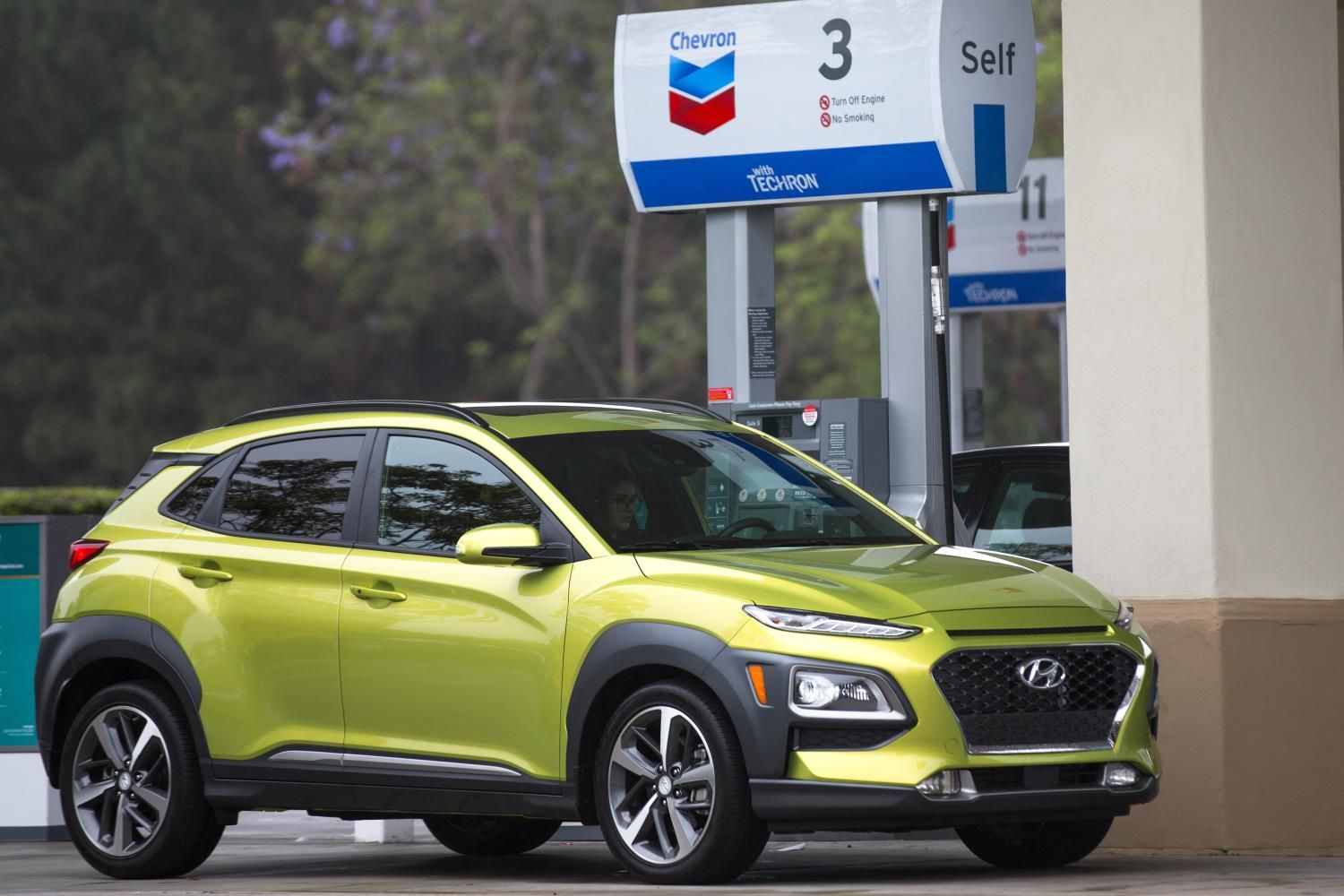Gasoline is one of the driving forces that make the world go round. It’s been so for the past century, and until we will all be driving around in electric cars and internal combustion engines will live on in museums, gasoline is going to be an integral part of the car world and the way we get from point A to point B.
Before we get to answer the question that’s formulated in the headline, it’s essential to understand what is gasoline, how it is made, and what types of gasoline are there, as well as what people mean exactly by “best gasoline.” So, here we go.
Where did gasoline come from?
Gasoline was, at origins, a byproduct of the petroleum industry, which initially discarded it after kerosene was obtained. Regardless of type, gasoline comes from crude oil, which itself formed from animal and plant fossils deeply buried under the pressure of the earth’s crust for millions of years. If you’re into numbers, as a rule of the thumb, a 42-gallon barrel of crude oil gets you around 20 gallons of gasoline.
Oil refineries usually churn out what is called unfinished gasoline, or gasoline blendstocks. These blendstocks need to be mixed with other liquids to make finished gasoline that can safely and efficiently power a car’s internal combustion engine.
In the U.S., for example, refineries do produce some finished gasoline, but the better part of their production is unfinished gasoline. That goes into so-called blending terminals, where it is mixed with other compounds, including ethanol (a grain alcohol sourced from corn, wheat, grain, barley, and potatoes that burns cleaner and with less emissions).
Today, most of the finished gasoline sold in the United States has around 10% fuel ethanol by volume. By the way, ethanol is added into the mix to meet the requirements of the Renewable Fuel Standard, but the gasoline that reaches your car’s engine has other added chemicals (such as additives), which we’ll get to later on.
Types of gasoline
It’s very important to know that outside any marketing gimmicks and names (such as unleaded, super, or super premium), gasoline is split into three main grades that are available at pretty much every gas station. Those are:
-* Regular
-* Mid-grade (or Plus)
-* Premium
Gasoline grade is based on octane rating, which reflects the gasoline’s antiknock properties. What’s knock, you ask? When fuel ignites earlier than it should in an engine’s cylinders, it produces a banging sound. Besides damaging fuel efficiency, this phenomenon is also dangerous for the engine’s wellbeing because essentially, it sends irregular pressure waves on ignition that can take their toll on the cylinder over time.
That’s why today’s gasoline is mixed with an oxygenate (as well as other additives that clean the after-burn carbon residue) which prevents knock, and this oxygenate is more often than not referred to as octane. Hence the octane rating: the higher the number, the more resistant the gasoline to early ignition and knock. On top of that, higher octane fuels allow for higher compression ratios and turbocharging, so they’re more suitable for high-performance vehicles.
Fact: From the 1950s onwards, lead would be added to gasoline as an anti-knock agent, but by the mid-1990s (1997 to be more prices) the use of lead was banned due to health-related issues.
Coming back to the octane rating, here’s the average rating for each of the three grades we mentioned above:
-* Regular gas - 87 octane, or an average between 85 to 88
-* Mid-grade gas - 89 octane, or an average between 88 to 90
-* Premium gas - 92 octane, or an average between 91 to 94
Unleaded 88 aka UNL88 also deserves a mention here, as American drivers have covered over 14 billion miles on it. Unleaded 88 has an octane rating similar to regular 87 octane gas but it burns cleaner because it is 15-percent ethanol and 85-percent 84 octane gasoline.
It’s also suitable for all cars from the 2001 model year or newer and two of its main benefits are the lower cost for the consumer and better efficiently for modern engines that are designed to run on regular 87 octane gasoline. It also burns cleaner thanks to the higher percentage of ethanol.
Choosing the gasoline grade for our cars
This is rather easy, because the manufacturer recommends which grade of gasoline to use in each model of a vehicle according to the engine’s parameters and the car’s purpose. Giving you car the right grade of gasoline not only keeps it running neatly, but also keeps fuel efficiency high and protects the engine from damage, which in turn reduces the ownership costs. That said, if a carmaker recommends regular gas for your car under common driving conditions, then using premium gasoline won’t bring any extra benefits - in fact, it will make you pay more for the same performance.
It’s also worth mentioning and remembering that low- or mid-tier gasoline will not hurt your car’s engine. Even regular gas has to abide by a set of standards, so the myth that fuelling from some gas stations might hurt your car is false. Unless they specifically modify the gasoline on purpose to damage your car, which is very unlikely.
That said, here’s a list of the best quality gas stations to refuel your car:
-* Shell
-* Sinclair
-* Texaco
-* Costco
-* Conoco
-* Chevron
-* BP
-* Exxon
-* Holiday
-* Kwik Trip
-* Mobil
What is the best gasoline?
The best gasoline is the one that your car’s manufacturer recommends. Given that the said brand developed your car’s engine, this is the only guideline you need. In other words, if the carmaker says you should fill up your car with regular gas, premium or mid-grade gasoline won’t spike up the vehicle’s performance or fuel efficiency.
Who makes the best gasoline?
Gasoline has to meet certain quality standards before it reaches gas stations and your car. That’s why pinpointing who makes the best gasoline is impossible. Sure, some sellers add different additives in their gasoline but as we mentioned above, the best gasoline is the one your carmaker recommends for a specific model.
What are the best gas stations?
Today, gas stations are more and more about experience. As mentioned above, gasoline has to adhere to particular regulations so the only difference is how a particular seller manages to wrap up the acquisition process and the gas station experience. Shell, Sinclair, and Texaco are known for being user-friendly, but don’t overlook the likes of Costco and BP.
Is premium really better than regular gas?
Premium gasoline is better than regular gasoline only if an engine was designed specifically to run on premium gasoline. Yes, a V-8-powered Mercedes-AMG would be better off on premium gasoline as it can keep up with the powerplant’s performance. Otherwise, unless the carmaker begs to differ, your Hyundai Sonata should be just fine on regular gas.



